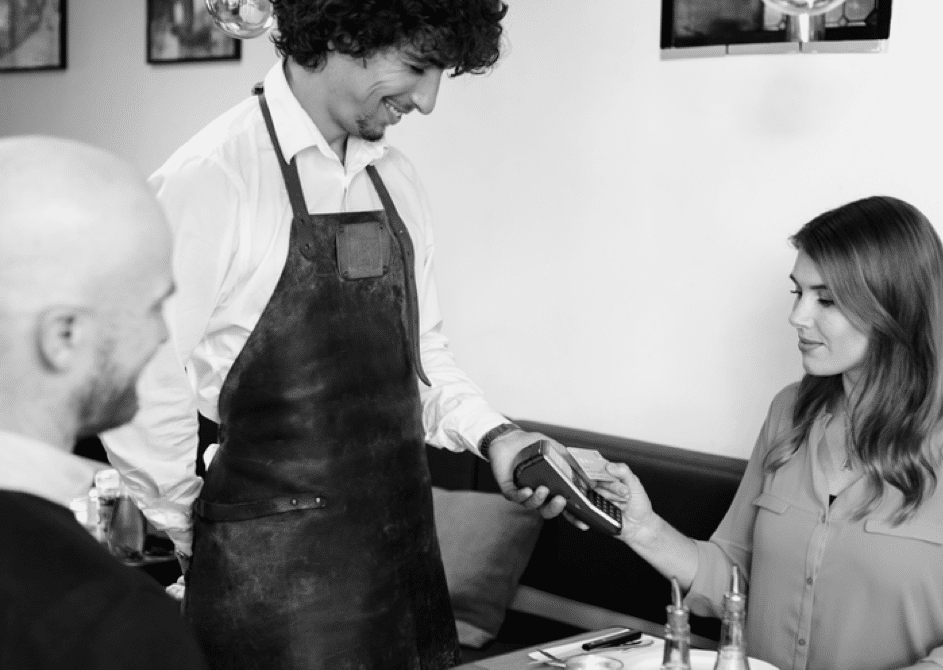Cash used to be preferred, but now people are using it less. So, what’s going to happen to cash?
 Depending on where you are in the world, the shift away from cash and towards digital payments is underway.
Depending on where you are in the world, the shift away from cash and towards digital payments is underway.
Take Belgium, for example: consumers estimate to use cash only 19 percent of the time for in-store payments like food and drink or clothing and footwear, according to GlobalData. In Germany, this figure still sits at 63 percent, showing cash is just as dominant as ever.
Perhaps the best place to look though is Sweden. The country is leading the shift to a cashless society. Four in every five shoppers use a card and many consumers don’t bother to hold cash, according to Sweden’s official website. The availability of products like payment terminals and e-commerce solutions has helped businesses accommodate payment methods like the mobile wallet.
“Be prepared for the sign: ‘Cash not accepted, only electronic payments’. Frictionless payments will push this faster and faster.”
- Guido Lamers CCV | Lab Manager
Keep the change?
 But is the world actually going cashless?“It’s tough to say,” Guido Lamers, CCV Lab Manager says. Be prepared for the sign: ‘Cash not accepted, only electronic payments’. Frictionless payments will push this faster and faster.” While younger generations have been quick to adopt the technology that’s pushing cash out the door,other consumers are keeping cash in play. In some environments, cash is the most accessible and preferred method. Consumers also use cash as a method of expense management or for safety if electronics fail.
But is the world actually going cashless?“It’s tough to say,” Guido Lamers, CCV Lab Manager says. Be prepared for the sign: ‘Cash not accepted, only electronic payments’. Frictionless payments will push this faster and faster.” While younger generations have been quick to adopt the technology that’s pushing cash out the door,other consumers are keeping cash in play. In some environments, cash is the most accessible and preferred method. Consumers also use cash as a method of expense management or for safety if electronics fail.
Despite the shift towards cards and other similar types of payments in Sweden, an overwhelming majority of Swedes still want the option to use cash.
So, while all signs are pointing to a greater reliance on mobile wallets, ecommerce and cards, don’t expect cash to completely disappear out of sight. There will always be consumers who want to use cash.
Read full CCV Pulse trend report here.
